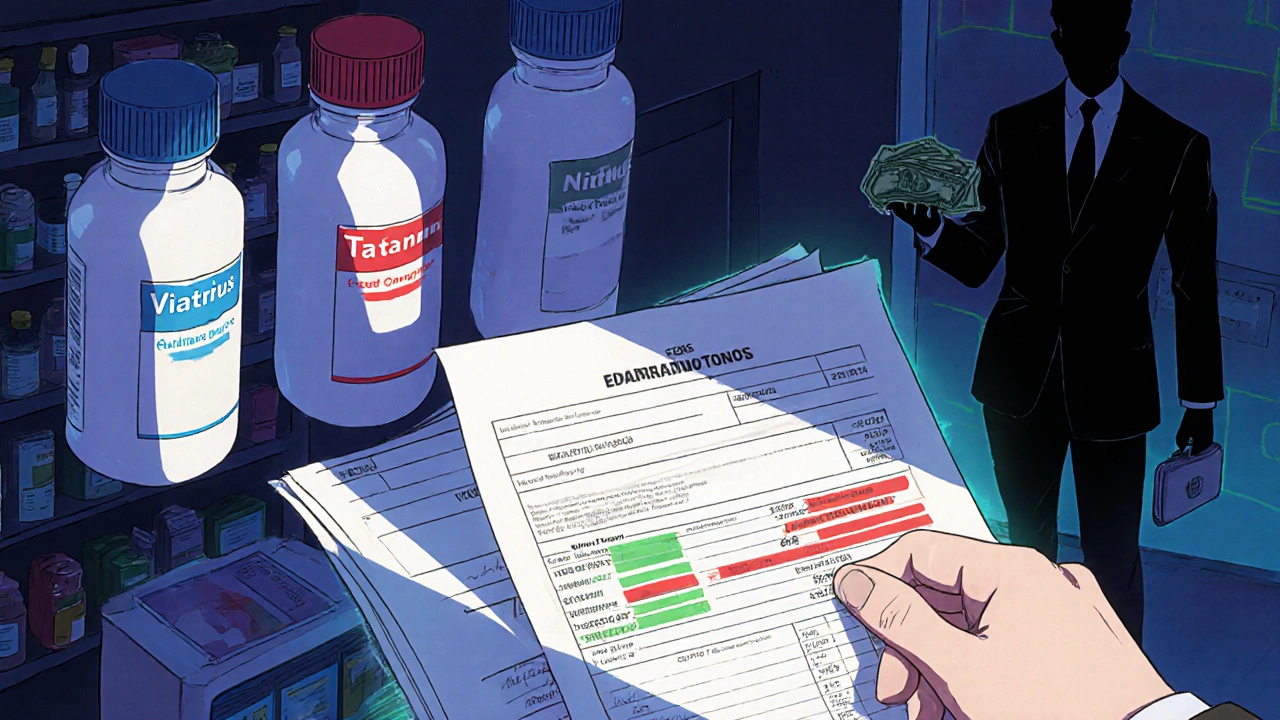Pharmacy Benefit Managers: How They Control Your Drug Costs and Choices
When you pick up a prescription, the price you see isn’t set by your doctor or the pharmacy—it’s often decided by a pharmacy benefit manager, a middleman that negotiates drug prices between pharmacies, insurers, and drug makers. Also known as PBM, these companies control which drugs are on your insurance plan’s list, how much you pay out of pocket, and even which pharmacies you can use. Most people don’t realize PBMs are behind the confusing price jumps, hidden rebates, and sudden changes in coverage. They’re not pharmacies, but they act like gatekeepers for your meds.
Pharmacy benefit managers work with health plans, employers, and Medicare to cut costs, but their methods often make things worse for patients. They create drug lists called formularies, which decide what’s covered and what isn’t. If a drug isn’t on the list, you might pay full price—or your doctor has to jump through hoops to get it approved. Some PBMs push you toward higher-priced drugs because they get bigger rebates from manufacturers, not because it’s better for you. This is why two people on the same plan can pay wildly different amounts for the same pill. And if you use a pharmacy that’s not in the PBM’s network, you could be stuck paying way more.
It gets more complicated with specialty drugs. PBMs often have deals with certain distributors, making it harder to find affordable options for things like infertility meds, cancer treatments, or insulin. You might think you’re getting a generic, but if the PBM hasn’t approved that version, you’re stuck with the brand name—and the price tag. Even over-the-counter meds can be affected if your plan requires prior authorization. The system is built to save money for insurers, not to make care simpler or cheaper for you.
That’s why the posts here focus on real-world medication issues: from how pharmacy benefit managers impact access to blood thinners like rivaroxaban, to why some people can’t get affordable versions of drugs like Cytoxan or Duralast. You’ll find guides on managing side effects, comparing alternatives, and spotting when your insurance is working against you. These aren’t theoretical problems—they’re daily struggles for people trying to afford treatment. Below, you’ll see how PBMs quietly shape everything from your cholesterol meds to your pain relief, and what you can do about it.
Insurance Benefit Design: How Health Plans Use Generics to Cut Costs
Health plans use tiered formularies, mandatory substitution, and step therapy to steer patients toward generic drugs - cutting billions in drug costs. But are those savings reaching patients? Here’s how it really works.
learn more